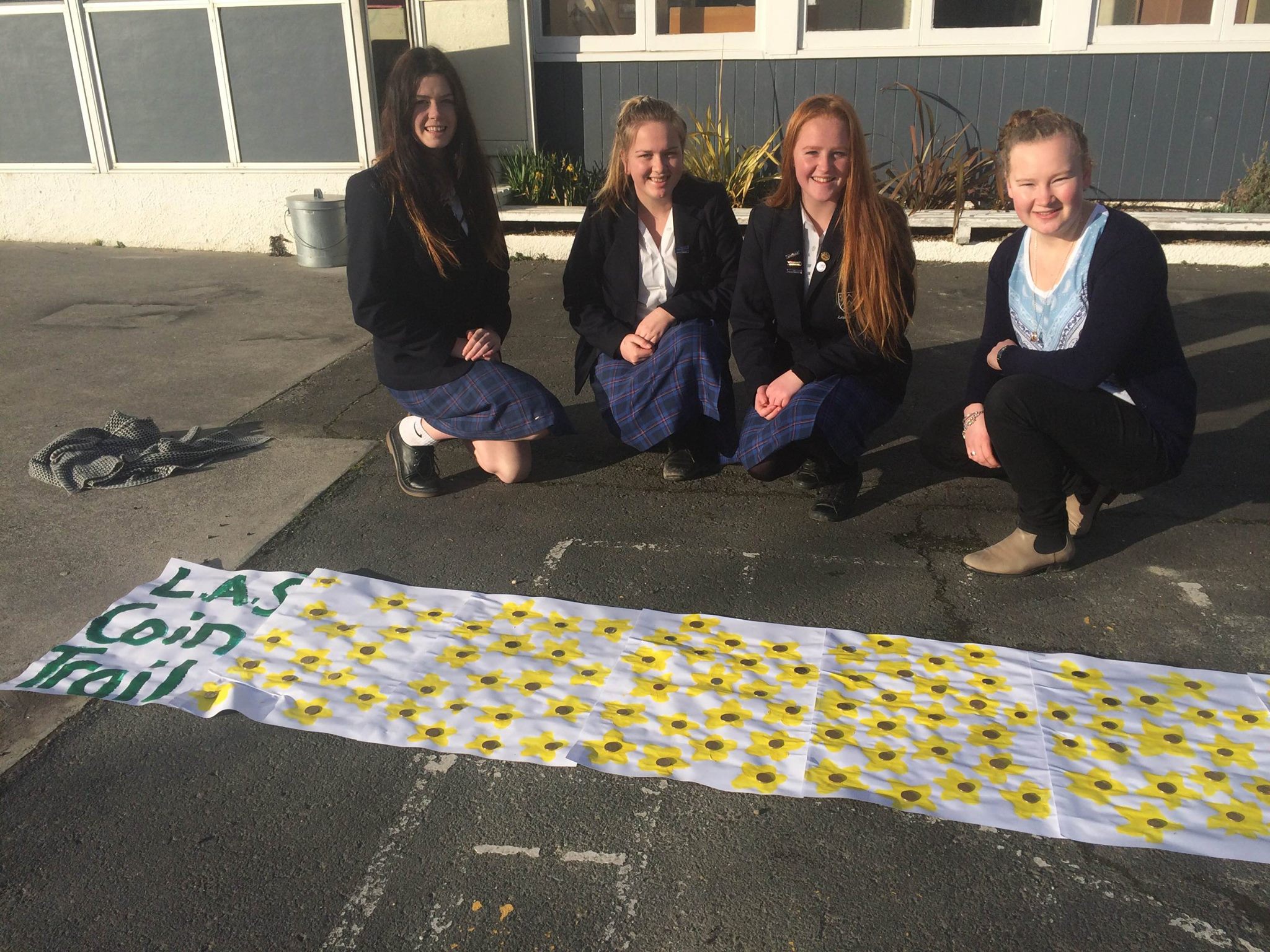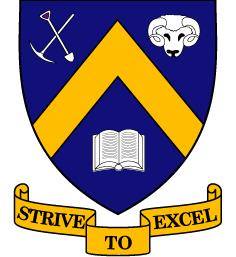
基本資料 | Information
Lawrence is a small town of 474 inhabitants (as per the 2001 census) in Otago, in New Zealand's South Island. It is located on State Highway 8, the main route from Dunedin to the inland towns of Queenstown and Alexandra. It lies 35 kilometres to the northwest of Milton, 11 kilometres northwest of Waitahuna, and close to the Tuapeka River, a tributary of the Clutha.
Lawrence's main claim to fame is of being the focal point for Otago's 1860s gold rush, after the discovery of the metal at nearby Gabriel's Gully by Gabriel Read. In mid-1862, it is estimated that twice as many people lived around the banks of the Tuapeka River as did in Dunedin itself. Additionally, the tune to New Zealand's national anthem was composed in Lawrence by John J. Woods, a Lawrence school teacher.[2]
The town was named for Sir Henry Lawrence, hero of the Lucknow military campaign of 1857, and is billed as "The Gateway To Central Otago".
In 1877, a branch line railway was built from the Main South Line to Lawrence, and the town remained the terminus of the line until an extension was built in 1910. Although originally known as the Lawrence Branch, this line ultimately became known as the Roxburgh Branch. The railway closed in 1968 and the town's station has subsequently been demolished, but some relics still remain, including the goods shed.
In 1978, two lions named Sultan and Sonia escaped from a circus in Lawrence. The circus' tranquiliser guns had accidentally been left behind in another town so they could not be shot with tranqilisor darts. They were eventually shot by police but not before one of them had scratched a seven-year-old boy across the face.[3] The lions were stuffed and are now on display at Otago Museum.
Lawrence's sister city is Jacksonville, Oregon.
The Lawrence Rugby Football Club is a big part of the town.
